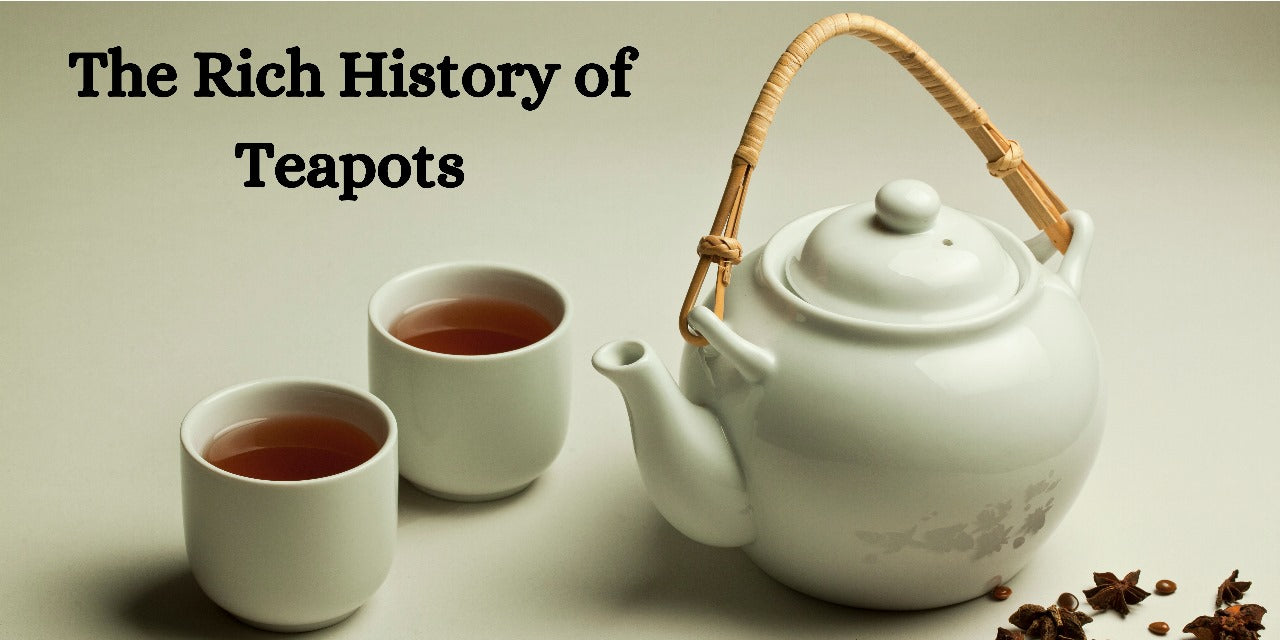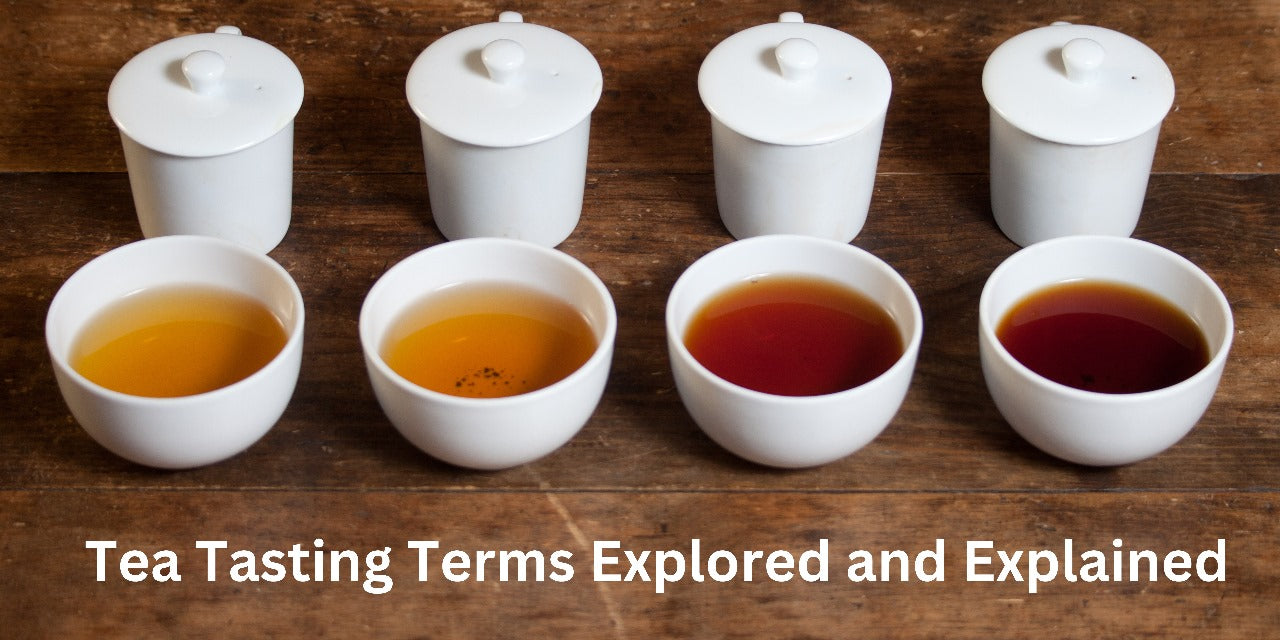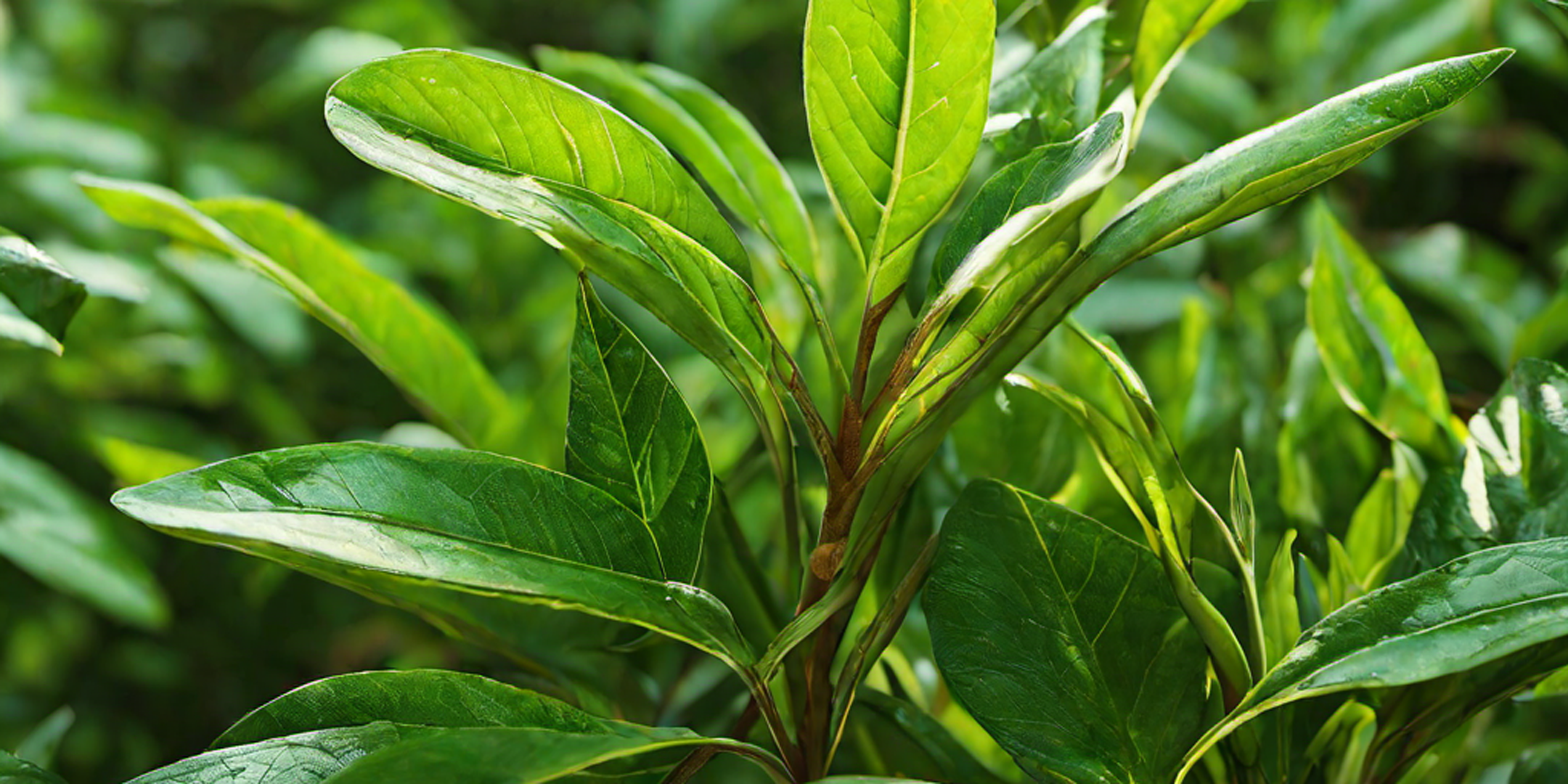Tea, the second most consumed beverage in the world after water, holds a special place in the hearts of many. However, when it comes to enjoying a good cup of tea in bars, clubs, and hotels, the experience often falls short. The problem lies not in the quality of the tea itself, but in the way it is served to customers. In this article, we delve into the common mistakes made in preparing and explore the importance of giving this beloved beverage the attention it deserves.
The Common Mistakes While Preparing Tea
Just like wine, tea requires proper attention and care to bring out its full flavor and aroma. Unfortunately, in many establishments, tea is not given the same level of consideration. Let's take a moment to reflect on the common errors made in serving tea and how they can be rectified.
Mistake 1: Treating the Teapot as OptionalWhen ordering tea at a bar, it is often served in a haphazard manner. The waiter may bring a cup of boiling water with a tea bag on the side or, worse, leave the tea bag inside the cup to steep indefinitely. In some cases, a teapot filled with hot water and accompanied by a selection of tea bags is presented. However, this approach fails to appreciate the nuances of tea brewing.
Mistake 2: Ignoring Infusion Times
Every variety of tea requires a specific water temperature and infusion time for optimal taste. However, this crucial aspect of tea preparation is often overlooked. The correct method involves allowing the customer to choose their preferred tea and then preparing it with the appropriate infusion time. Once ready, the tea bag should be removed or the leaves filtered before serving.
Mistake 3: Boiling Tea
A common and unfortunate practice is adding tea to boiling water, which exceeds the ideal temperature for infusion. While water reaches its boiling point at 100 degrees Celsius, the recommended temperature for tea varies between 70 and 80 degrees Celsius, depending on the type of tea. Boiling tea leads to a bitter and unpleasant taste, negating the true essence of the tea leaves.
Mistake 4: Neglecting Water Quality
Water quality significantly impacts the flavor of tea. Tap water or even boiling water from coffee machines, often used in bars, may not be suitable for achieving an optimal infusion. Tap water tends to be calcareous with added chlorine, which can affect the taste of the tea. It is best to use natural bottled water with a low fixed residue and minimal mineral content to enhance the tea's flavor.
Conclusion
In conclusion, the world of tea deserves meticulous attention and thoughtful service, much like its counterpart, wine. The common mistakes made in preparing tea, from neglecting the teapot to ignoring infusion times and boiling tea at the wrong temperature, underscore the need for a paradigm shift in how this beloved beverage is presented. Recognizing the intricacies of tea brewing, such as the autonomy to choose infusion times and using water of optimal quality, is paramount. By rectifying these errors, establishments can elevate the tea-drinking experience, ensuring that every cup is a harmonious symphony of flavor and aroma, truly befitting the exceptional nature of tea in our lives.




